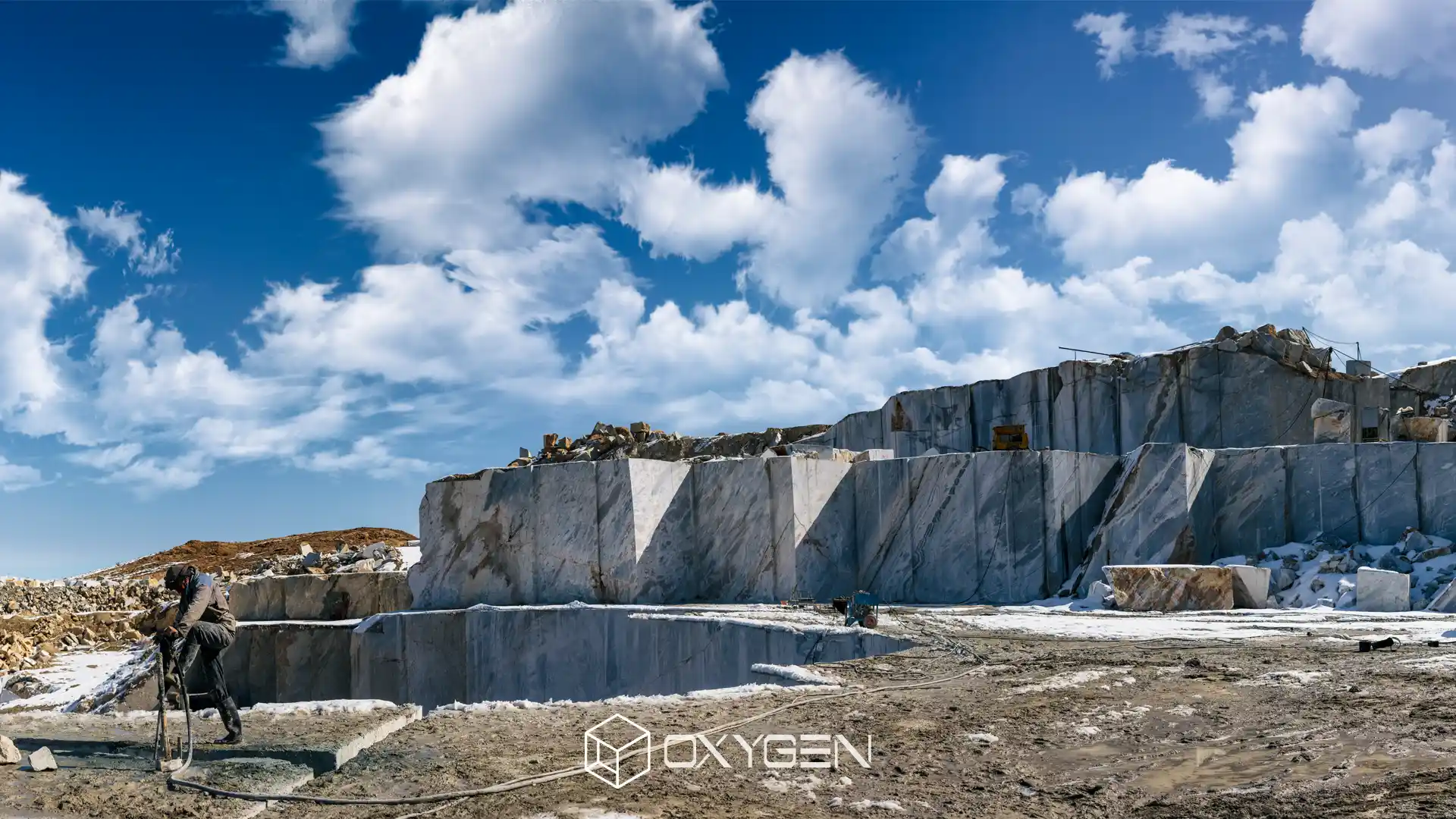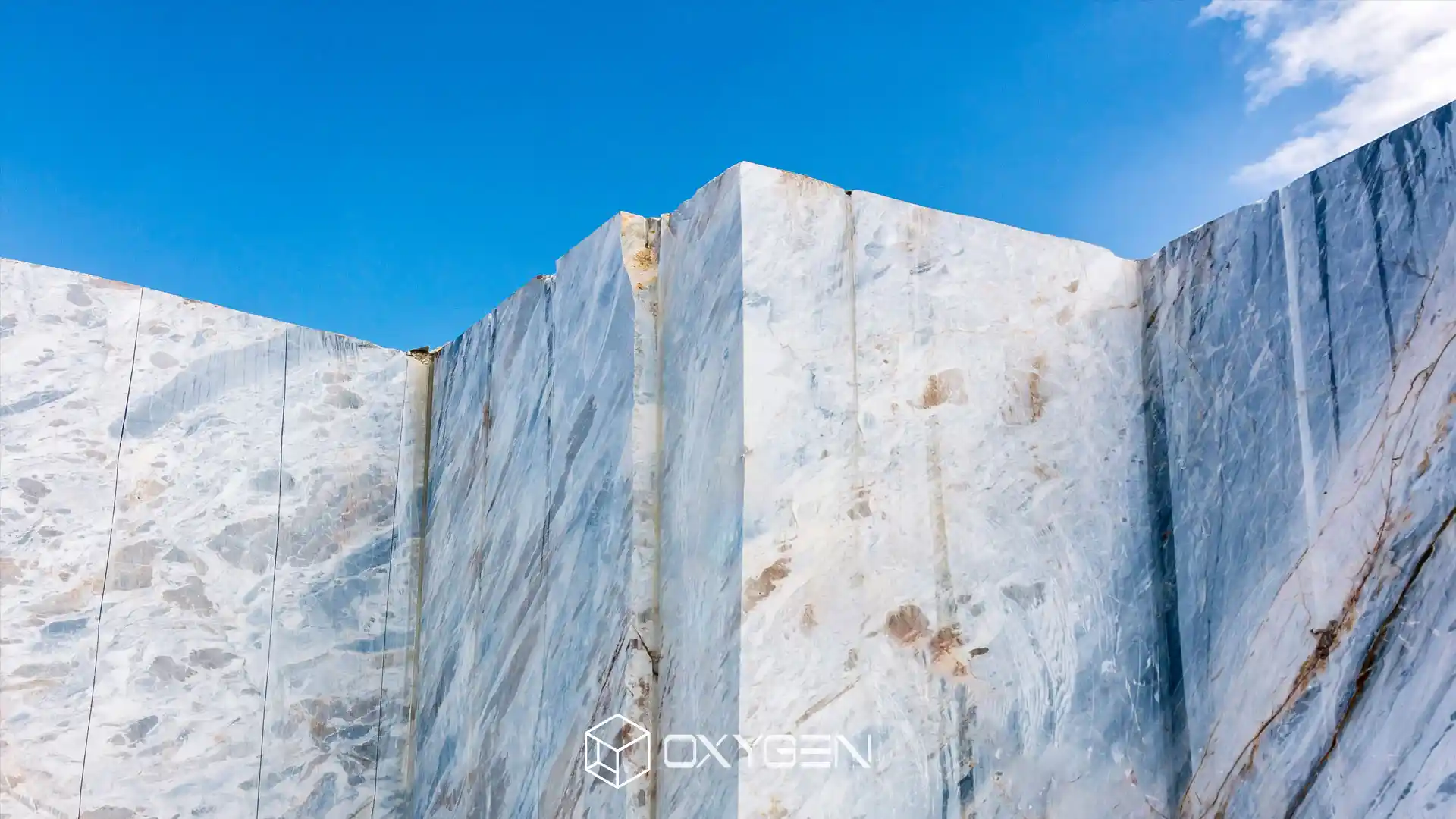
Compatibility of stone with the environment
In general, the Compatibility of stone with the environment makes it a popular choice for sustainable and environmentally friendly construction projects while providing both aesthetic and practical benefits.:
Features of the stone
The following features are explored:
1) Natural Resource:
Stones are extracted from natural resources for use as building materials. This means they come directly from the earth and do not require chemicals or complex industrial processes for production. This characteristic makes stones recognized as materials with minimal environmental impact.

2) Durability and Longevity:
Due to their hardness and high resistance, stones are extremely durable. This feature allows buildings made of stone to have a longer lifespan and require less maintenance. Consequently, the use of stone can help reduce resource consumption over time.

3) Energy Efficiency (Thermal and Acoustic Insulation):
Stones can effectively insulate heat and sound. This characteristic helps buildings made of stone to be more resilient against temperature fluctuations and disruptive noises. This can contribute to reduced energy consumption for heating and cooling. Additionally, the production of other building materials like concrete or steel typically requires a significant amount of energy. For example, producing concrete demands heat and complex processes that consume high energy. In contrast, extracting and utilizing stone generally requires less energy.
4) Recyclability:
Unlike most materials used in construction, stones are easily recyclable. If a building is demolished or renovated, stones can be reused or employed as new materials in other projects. This feature aids in reducing construction waste and conserving natural resources.

5) Variety and Aesthetic Appeal:
Stones are available in various types, including marble, granite, travertine, and limestone. This variety allows architects and designers to utilize stones in diverse designs, adding natural beauty to both interior and exterior spaces.

6) Non-Emission of Harmful Materials:
Many synthetic and composite building materials produce chemical waste that is harmful to the environment. Conversely, stone, as a natural material, does not inherently have a negative impact on the environment and naturally returns to it when broken down or decomposed. Stones are naturally free of harmful chemicals, and their production process does not generate pollution or greenhouse gases. This characteristic makes stones a healthy and safe option for both the environment and the inhabitants of buildings.
Conclusion
Utilizing stone as a building material is a wise choice not only for its beauty and durability but also for its compatibility with nature and sustainable features. Given the mentioned advantages, stones can be considered a suitable option for sustainable and environmentally-friendly construction projects.


